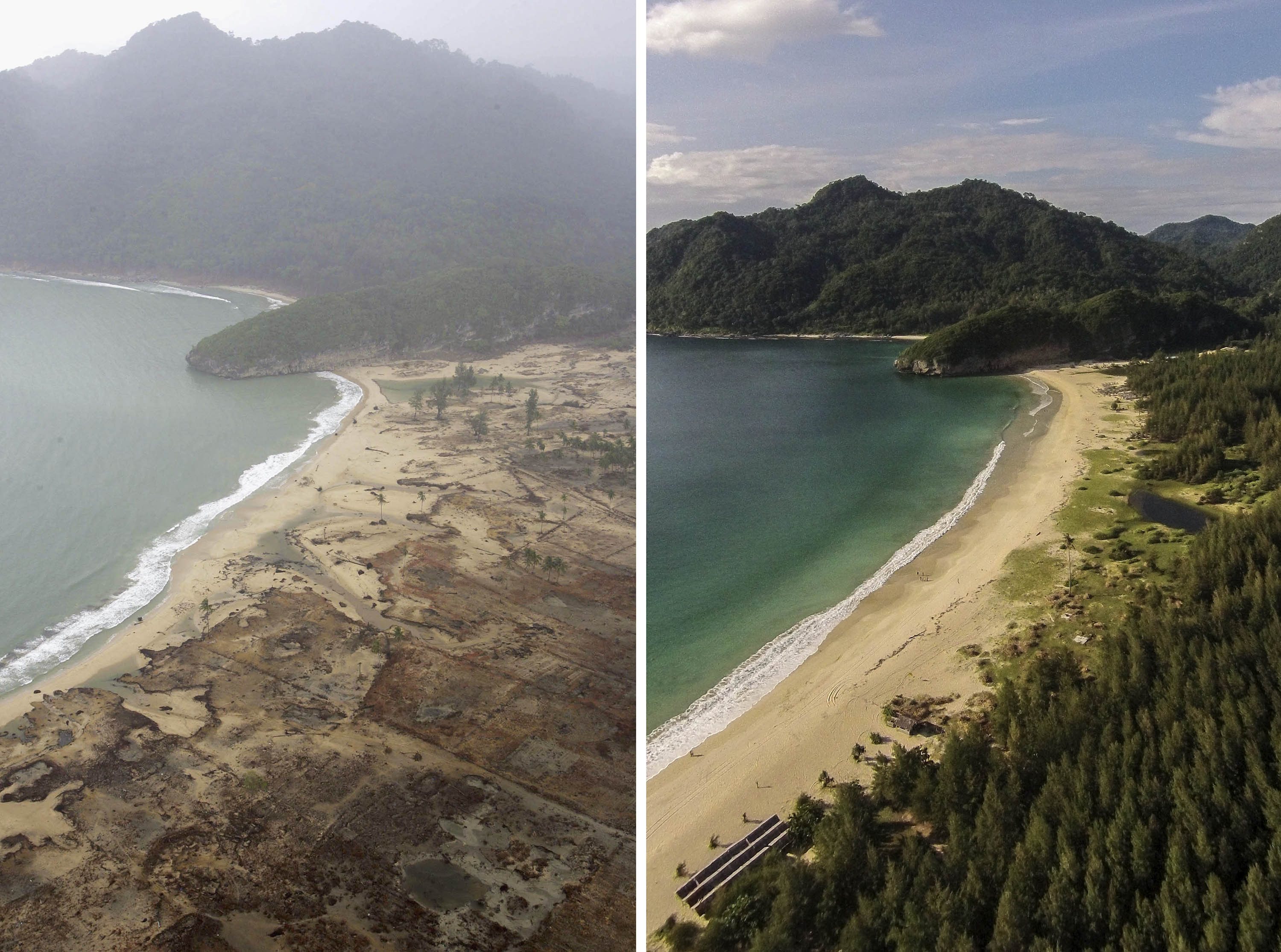The amount of energy contained in large waves can cause extreme destruction when it hits land. Usually the initial wave of the tsunami is really tall, in spite the fact that, most of its damage is caused by the huge mass of water behind it. The destruction is caused by two mechanisms, the wall of water smashing everything in its path and the endless flow of water behind the wall that brings everything with it.
It should be pointed out that most of the impact of the tsunami on Thailand was along the Andaman coast, affecting six coastal provinces. The size of a tsunami disaster results in principalities being unable to deal with the amount of debris. There is no doubt here that this increases the likelihood that waste will be disposed in an inappropriate manner. Besides this, contamination of soil and water is another serious post tsunami problem. This includes rivers, well, lakes and groundwater. There is no doubt that one of the most significant impact of the tsunami is on groundwater. Saltwater contamination, damaged septic tanks, and debris in wells severely impacted the groundwater just below the the surface.
Studies have show that the damage of the waves on places with coral reefs is less compared to where these natural defenses is absent.

No comments:
Post a Comment